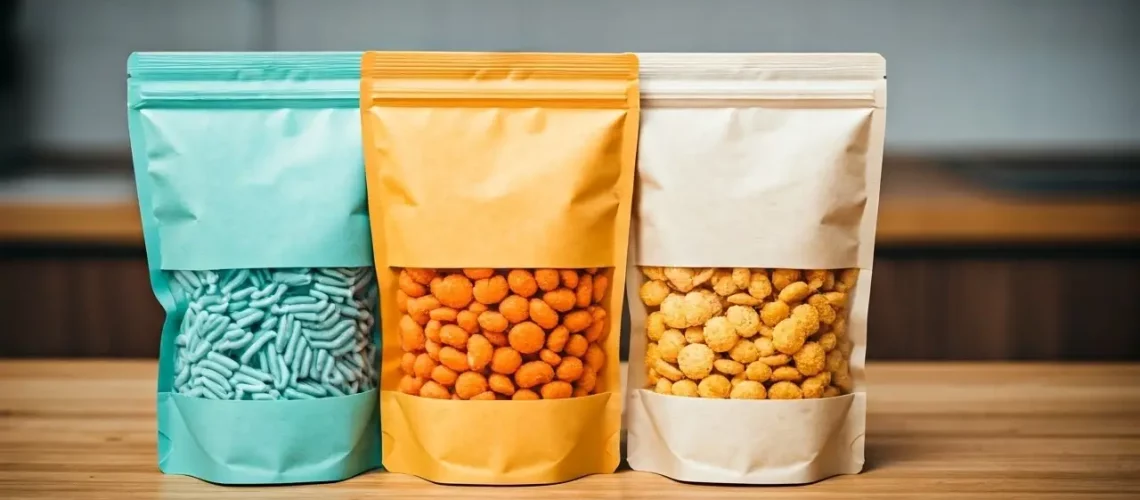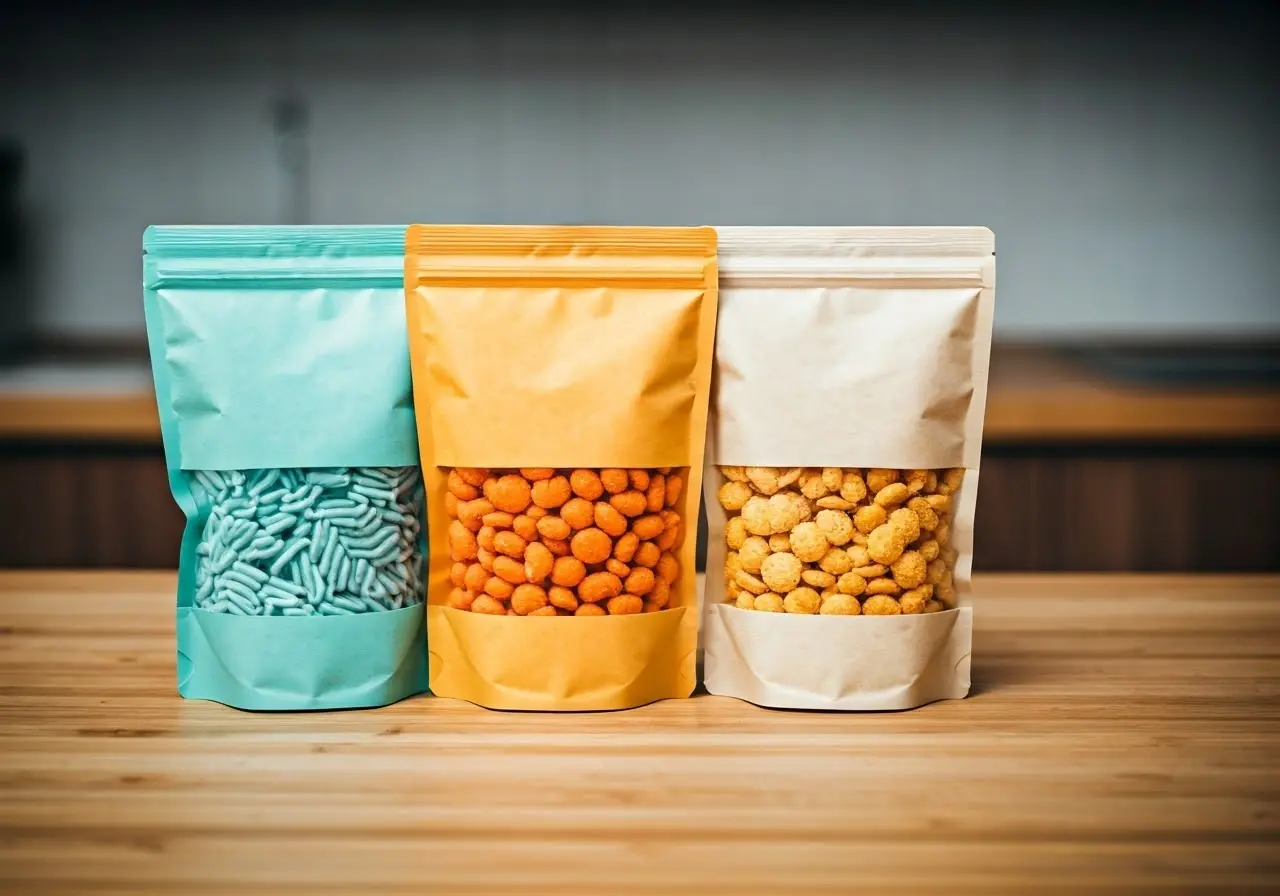In recent years, there has been a growing focus on sustainability across various industries, with snack packaging at the forefront. As consumers become more environmentally conscious, the demand for eco-friendly packaging solutions has skyrocketed. Let’s delve into why sustainable snack packaging is not just a trend, but the future.
1. Reducing Environmental Impact
One of the most significant benefits of sustainable snack packaging is its potential to reduce environmental impact. Traditional packaging often ends up in landfills, contributing to pollution and waste. Sustainable options, however, are designed to be biodegradable or recyclable, helping to minimize waste and promote a cleaner environment.
Moreover, by minimizing the use of non-renewable resources, these eco-friendly packaging options play a crucial role in conserving our planet’s limited natural resources. The widespread adoption of sustainable packaging materials, such as recycled paper and compostable components, fosters an eco-conscious mindset that encourages both businesses and consumers to make better choices. Additionally, reducing our dependency on fossil fuels for traditional packaging production can significantly mitigate the negative impacts of industrial manufacturing on the planet.
2. Responding to Consumer Demand
Today’s consumers are increasingly aware of the environmental consequences of their purchases. As such, there’s a growing demand for products that align with sustainable practices. By adopting eco-friendly packaging, brands can attract environmentally conscious consumers, building loyalty and trust in the process.
Responding to this shift in consumer behavior has become paramount for businesses aiming to maintain competitiveness. A significant portion of modern shoppers prefer brands that demonstrate a commitment to sustainability. This trend is particularly evident among younger generations, who tend to prioritize ecological responsibility in their purchase decisions. Leveraging this demand by transitioning to sustainable packaging solutions can thus create a direct line to these valuable consumer segments, translating into long-term business success.
3. Innovation in Packaging Materials
Sustainable snack packaging has spurred exciting innovations in materials. From plant-based plastics to edible packaging, companies are exploring creative ways to reduce waste and improve sustainability. These innovations not only benefit the environment but also encourage further advancements in packaging technology.
One notable example is the development of biodegradable films that can safely break down without leaving harmful residues. Such innovations demonstrate the vast potential for the snack packaging industry to balance functionality with environmental stewardship. Efforts are not limited to material composition; companies are also enhancing packaging designs to use minimal materials while maintaining durability. As creativity continues to unlock new possibilities, the combined strength of scientific advancement and consumer interest is setting the stage for a transformative future in packaging.
The future of packaging materials is not just about finding alternatives but also about making these options more accessible and cost-effective for businesses. For example, the use of algae-based packaging reduces reliance on traditional plastics and opens new frontiers for innovation. The idea is not only to replace existing materials but to create a circular economy where packaging waste serves as valuable feedstock for new products or energy, ultimately contributing to our shared sustainability goals.
4. Economic Benefits for Businesses
While there may be initial costs in switching to sustainable packaging, the long-term economic benefits are substantial. Companies can reduce their carbon footprint and potentially lower packaging costs by opting for renewable resources. Additionally, sustainability can be a powerful marketing tool, attracting new customers and increasing brand value.
Moreover, integrating sustainable practices can significantly enhance a brand’s reputation, leading to increased market share and customer loyalty. Businesses often discover that by investing in eco-friendly innovations, they not only streamline their operations but also uncover additional savings over time. For instance, lightweight materials often incur lower transportation costs due to reduced fuel consumption. By embracing sustainable practices, businesses position themselves as leaders in the industry’s future, appealing to stakeholders, investors, and customers alike.
Additionally, transitioning to sustainable packaging provides opportunities for companies to engage in meaningful partnerships and collaborations. Building a network of like-minded partners who emphasize ecological responsibility can foster a more resilient supply chain. Such strategic collaborations support continuous innovation and resource sharing, further driving the growth of sustainable practices across the industry.

